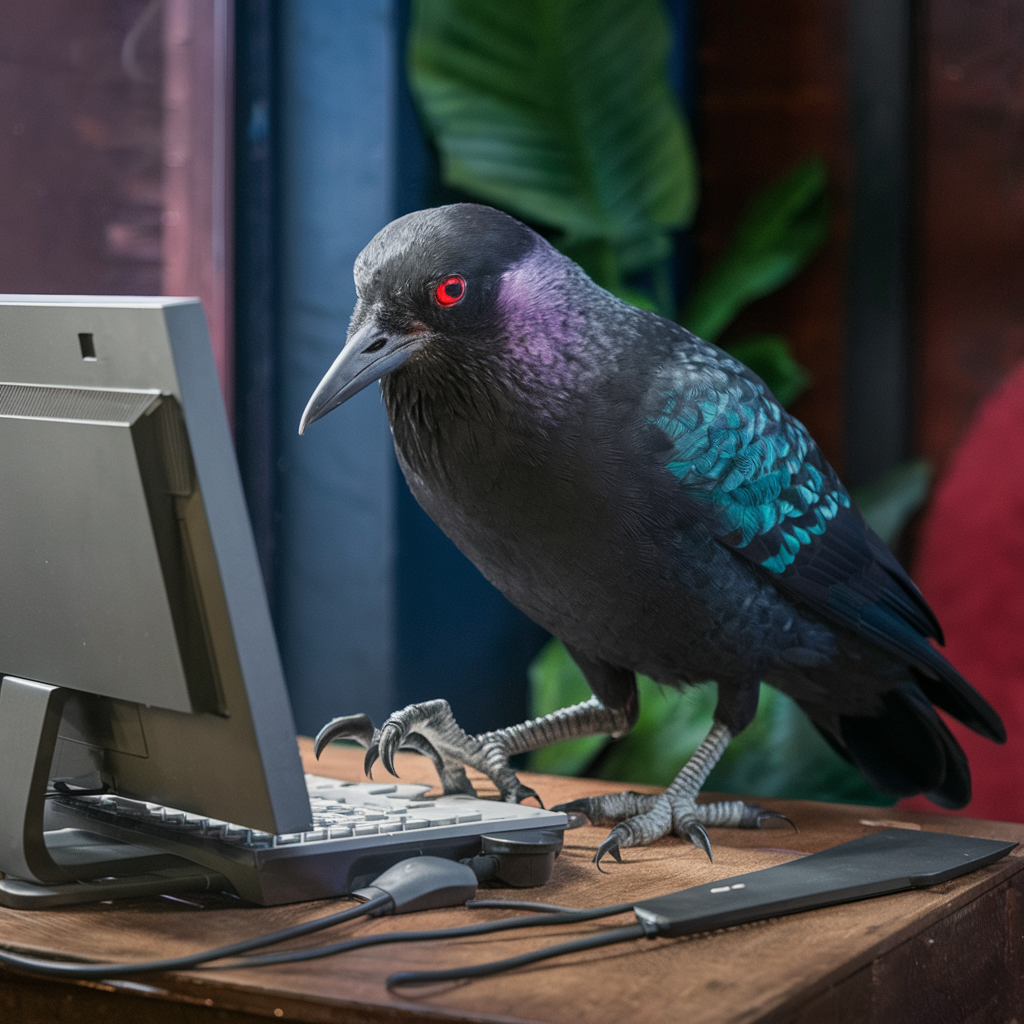Why did those two stick vs other colours like red, green, or yellow? I did a bit of searching and apparently it used to be reversed where blue was for girls and pink was for boys. Why was it swapped? How many times did it swap? Was there ever a time where other colours represented men and women?
Was this association always the case, or is it a modern thing? During feudal times, I read that purple was a symbol of royalty because it was a rare/expensive dye, but did it also symbolise the union between the king and queen as well?
It probably isn’t too ancient since there aren’t many blue and pink things in the natural world besides flowers (but those come in all sorts of other colours too) and the blue sky (which isn’t associated with either men or women really)
No two colours have such a strong association with either men or women than blue and pink, which I think is really weird. What happened with yellow, red, green, etc.?
It’s a modern thing. Basically it’s all just commercialization. https://en.m.wikipedia.org/wiki/Gendered_associations_of_pink_and_blue
but why pink and blue? Are they cheaper to manufacture and mass produce or something?
If you read the wiki article department stores wanted to collaborate on colors. Most stores were doing all colors for babies, but it’s easier to mass produce one color per gender. There was a time where different stores were doing boys pink (because red is masculine, so pink is baby red) and girls in a feminine light blue. Eventually they settled on girl pink and boy blue. It was utterly arbitrary. Yellow was used for gender neutral.
It’s only recently with online shopping that we are getting back to being able to buy baby clothes in any color once again.
I mean, red and blue are 2 of the 3 primary colors in pigments, so that probably has something to do with it. Why yellow missed out, I have no idea.
Yellow sucks.
It’s associated with urine, and a baby in yellow just looks like a baby that’s pissed itself.
It’s a fairly recent association. In fact, at least in art, red used to be the colour for men, Jesus in particular, and blue the colour of women, Mary in particular.
This is the best text I could find on the topic doing only a quick search.

This painting isn’t a traditional one but from a crazy painter/genious, or so I recall. It doesn’t follow the classic rules, and does lot’s of other awesome stuff instead. Can’t remember his name though…
Like Mary’s bolt-on fake tits.
Blue colour was a crushed gemstone from Afghanistan, so insanely expensive (used rarely and only on the top layer) so used only for rich people, so the church basically.
Lapis lazuli is a metamorphic rock, not a gemstone.
interesting
I read that the paintings “pinkie” and “the blue boy” were famous at the time when mass consumer products started being commercialized, thus the association.
It’s basically because gender rules and sexism were being pushed onto children at an ever younger age.
There’s noting natural or eternal about it, it reflects prevailing biases in society.
I know someone who did a research on color preferences in very very young kids. Girls loved pink from the very beginning. Boys prefered yellow at first and later moved to the traditional blue or green. I see several ways to interpret the data. Could be that girls tend to like pink naturally and boys start to like blue as they inzernalize the stereotype, or girls internalize it much sooner, or it’s something else. It’s interesting non the less. Also, obviously, daltonics have completely different color preferences. It’s fun.
I once read a study which came to the conclusion that women prefer pastel/light colors overall and men prefer strong vibrant colors, so brightness and saturation seem much more important than hue across different cultures and time periods. The most “gender balanced” color turned out to be orange. Very interesting.




